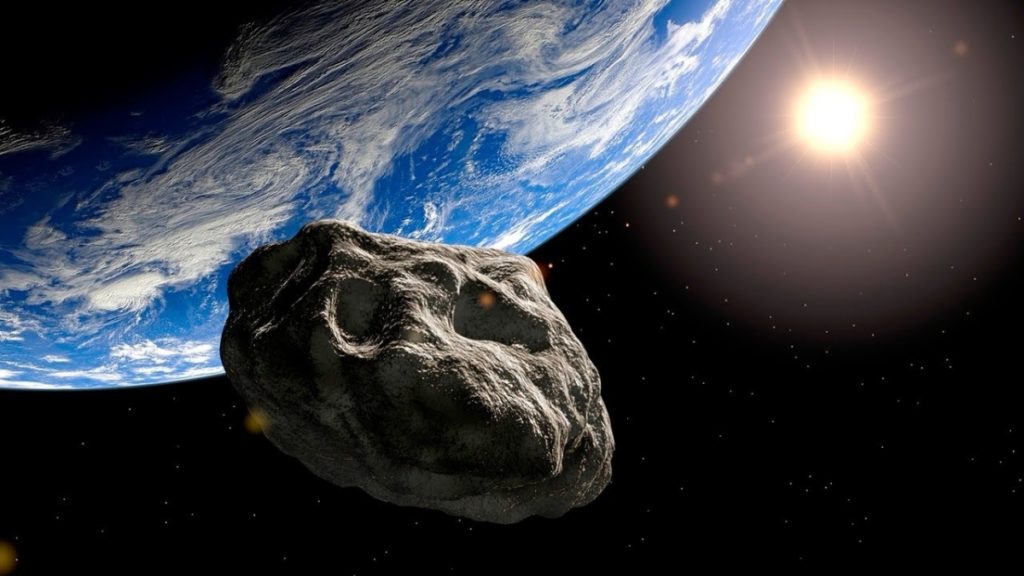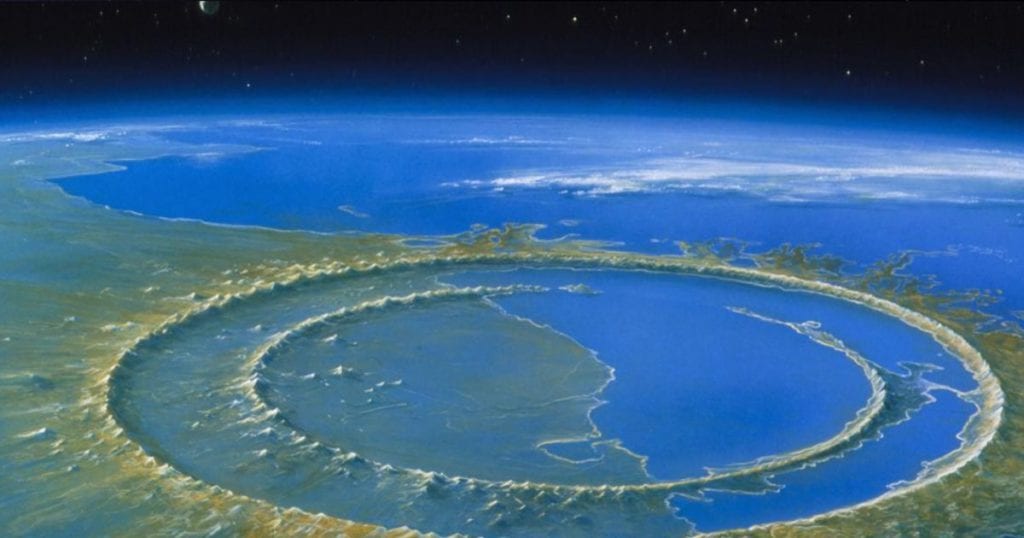The News
In the recent past, NASA released a statement about the asteroid 163348 (2002 NN4). It made a fly-by past Earth, thankfully at a safe distance. Discovered in July 2002, this asteroid was categorized as one of the Aten Class Asteroids. The term refers to asteroids which have an orbit that could bring it in close proximity to Earth.
Out of our minuscule database of 945,994 asteroids, only 1,679 have been designated as such. NASA JPL has classified 2002 NN4 as a “Potentially Hazardous Asteroid” due to its predicted close pass(es) with Earth. The size of the space rock could be compared to that of 6 football fields. If a collision happens, the effects will be devastating for the life around. The aftershock itself could instantly decimate any structure or creature within its impact radius.

However, this is a pebble compared to the Chicxulub impactor, the asteroid responsible for one of the widest extinction events in the history of the planet. That asteroid was a mind-boggling 11 to 81 kilometres in diameter. The impact led to the extinction of 75% of all flora and fauna. Good thing we did not exist 66 million years ago.

The Encounter
2002 NH4 passed by earth from a distance of 5,093,634 kilometres. Cosmologically, this number isn’t all that big. Moving at a velocity of 11.146 km per second, the asteroid zoomed past earth at a relatively safe distance. This won’t be our last interaction with the asteroid. The next fly-by has been scheduled on the 7th of June, 2029. (a virtual simulation of the asteroid’s orbit by NASA here).
Such Near Earth Objects (NEO’s) are studied by the NASA’s centre for Near-Earth Object Study (CNEOS). NASA defines NEOs as comets and asteroids nudged by the gravitational attraction of nearby planets into orbits which allows them to enter the Earth’s neighbourhood.
Out of all the plausible causes for a mass extinction event, an asteroid collision is the likeliest. Thus, it is imperative that there is an observatory that keeps an eye on such occurrences. Fortunately, there are slim to no chance of our collision with an asteroid larger than 140 meters in the next 100 years.
Further reading:


